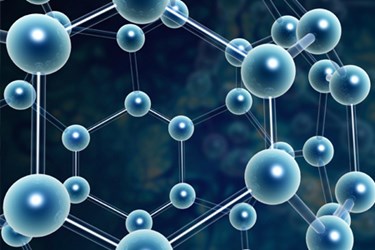New Knowledge On Cell's Communication Channel Could Aid Drug Discovery

New Cambridge research recently published in the Journal Biological Chemistry reveals that the structure of sodium channels might be different than previously believed. Researchers believe that the new structural findings could help with drug discovery, as sodium channels play a critical role in the way that heart and nerve cells function.
Sodium channels play a role in the body’s critical functions, and damage to these channels can play a role in health conditions such as epilepsy, heart disease, and pain. There are still a lot of scientific unknowns about sodium channels, but New Cambridge researchers are optimistic about their findings surrounding β-subunit molecules. β-subunit molecules are responsible for “fine-tuning” the activity of the sodium channel. The sodium channels are found on the surface of nerve and muscle cells and assist the nerves and other cells that communicate with one another through the transmission of electrical signals. . β-subunit molecules fine-tune the channels so that the frequencies and duration of the signals are regulated correctly.
Previously, it had been believed that sodium channels acted independently from one another, instead of being connected together, however, as one of the study’s leaders says, this “might be too simple a view.”
The researchers were able to find that three b3-immunoglobulin domains, an atomic-resolution structure of a part of the b3-subunit, come together to form a trimer that cross-linked up to three sodium channel α-subunits. Dr. Tony Jackson, who led the study, called the findings very much ‘unexpected.’ “We have been working on the b3-subunit for about 14 years. In all that time, we have had to infer events at the molecular level indirectly. To actually see the atomic structure of the subunit and how it forms the trimer was one of those rare ‘a-ha!’ moments, like switching on a light,” said Jackson.
